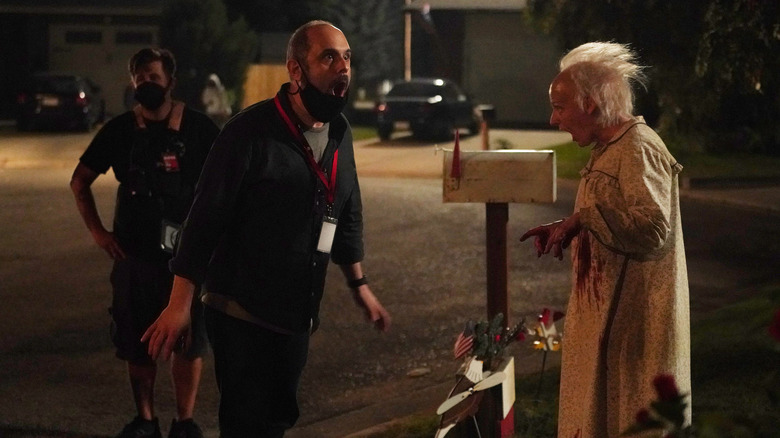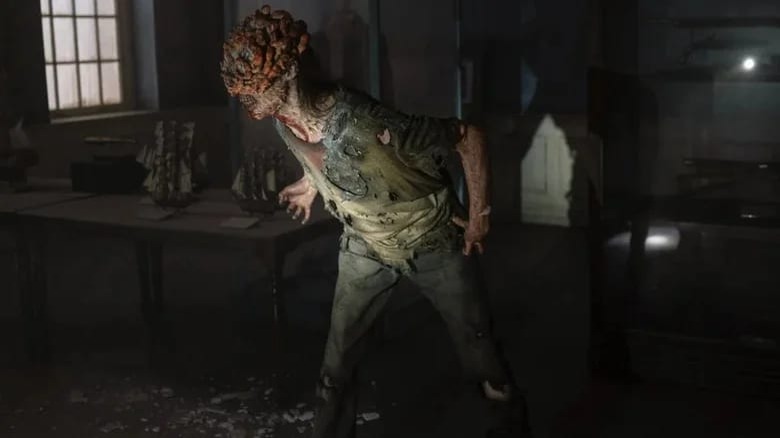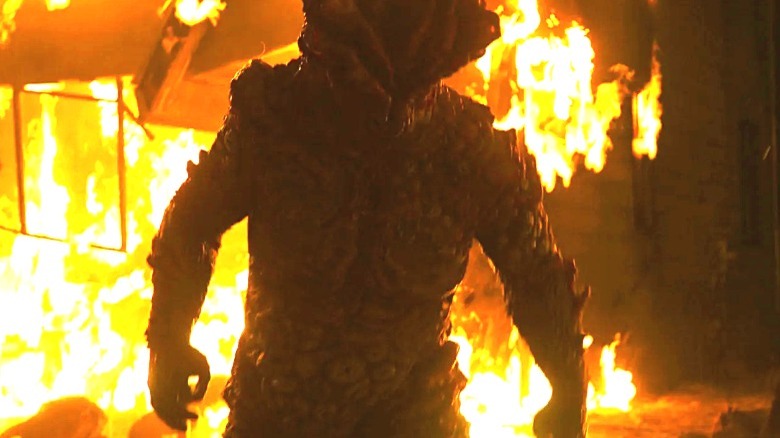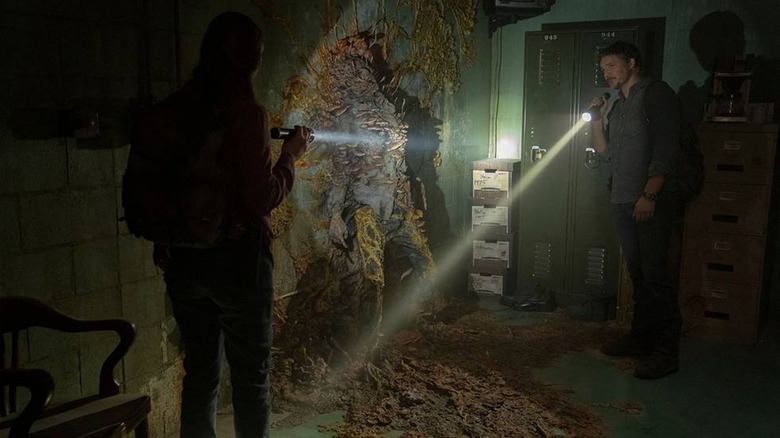A Breakdown Of The Different Types Of Infected In The Last Of Us (So Far)
This post contains spoilers for "The Last of Us."
"The Last of Us" is the best show of the year so far, and it's setting a rather high standard for the rest of 2023. Based on the award-winning video game of the same name, the series is set 20 years after a fungal-induced apocalypse ends human civilization. It follows Joel (Pedro Pascal) who is trying to smuggle Ellie (Bella Ramsey) across the U.S. in hopes of developing a cure for the infection that destroyed humanity.
This is a very bleak, very emotional show, and one that has already delivered one of the best standalone episodes of the past few years. The characters are compelling, the story is well crafted, the world is fascinating and complex, and you can actually see what happens at night.
Still, this is a zombie series after all, and luckily there are a lot of them. But one thing that makes the show stand out is that it is not just about flesh-eating ghouls that rise from the grave, but fungi zombies created by an absolutely terrifying and very real infection. Not all fungi zombies are created equal, however, and there are different kinds of infected out there as the Cordyceps fungus evolves with time. Let's break them down, shall we?
They run
The first type of infected we meet at the start of the show on Outbreak Day are known as runners. These are your stereotypical zombies from every movie and show from the past 20 years. They are fast, they are rabid, and they want to tear you apart. This is the first and weakest stage of the infection, which happens within the first couple of days of someone coming in contact with Cordyceps. As we learn in episode 2, they are all connected through the tendril veins of the fungus that spread across cities.
What also makes these dangerous is the fact that they have all their senses, including sight, so it's hard to hide from them. At the end of episode 5, Sam poses an interesting and terrifying question: Do infected still have their original consciousness hidden somewhere in their body? In the game, we see a runner crying after killing one of her friends, while some runners in the games don't even attack you at all unless you come at them.
They stalk
After a few weeks and up to the first year after being infected, the host will begin to develop fungal growths on its body, though they're usually most prominent in the face. In the game, these stalkers begin to have some form of echolocation, as they are halfway between a runner and a clicker. By this stage, there seems to be virtually no resemblance of human behavior, although they are still more human than the other infected.
It is the stalkers that are most likely to latch onto walls to lay dormant, causing the fungus to fuse them to walls until eventually it calcifies and kills them. Stalkers are quite rare in the first game, and we have technically only seen one of them in the tv show so far. That stalker, however, was a memorable one — it gives Tess that horrifying and creepy kiss of death.
They click
Arguably the creepiest of all the infected, the clickers might not be the absolute strongest, but they are recognizable because of the sound they make, which also makes them instantly capable of sending shivers down your spine. An infected becomes a clicker around one year after coming in contact with Cordyceps, which allows the fungus to spread all over the host body and completely blind them, making them reliant on echolocation instead.
Because their heads are covered in a thick layer of fungus, the clickers are stronger and more resistant, as seen by how many bullets Joel needs to kill just one of them in episode 2. The echolocation makes it hard to slip past clickers, but at least they are easily recognizable due to the signature clicking noise they use, which gives them away.
The clickers are so scary that their practical effects were too much for even Pedro Pascal.
They bloat
Here we go, it's the big boy, the bloater! The gnarliest and most terrifying of the infected was teased in episode 4 as a monster so scary it simply stayed underground and made the ground shake to make itself known. Now, it's finally unveiled in all his grotesque glory in episode 5 as the most menacing of creatures. Bloaters come to be after the infection is allowed to fully consume its host over several years.
Cordyceps, having spread over its host body, not only makes them blind, but also quite slow. On the other hand, they are now incredibly strong, with the fungus completely covering the host body and serving as strong armor and formidable weapons.
They are no longer interested in eating people to spread the infection as they are pure killing machines. Instead, as we see in episode 5, a bloater just grabs you and rips your head right off, tearing its victims to shreds.
They become part of the environment
The thing that separates the infected in "The Last of Us" from the regular zombies you know and love, is that the infected can't live forever. They are not reanimated dead that rise from the grave, but people kept alive by the Cordyceps infection. Eventually, all infected die. The problem is that, even if the host body can die, the infection doesn't — it just spreads.
After the host dies, the fungus eventually exits the body, which often causes the former host to stick to the wall or floor. This is most common with stalkers, given how little they move. In all cases, however, Cordyceps festers until it fully consumes its host and then spreads throughout the environment via tendrils and vines. This is part of why this franchise rules — it is more than just supernatural ghouls or extreme rabies, it is a very real infection blown out of proportion, using actual science to dig deep into our nightmares and sow them right back to us.





